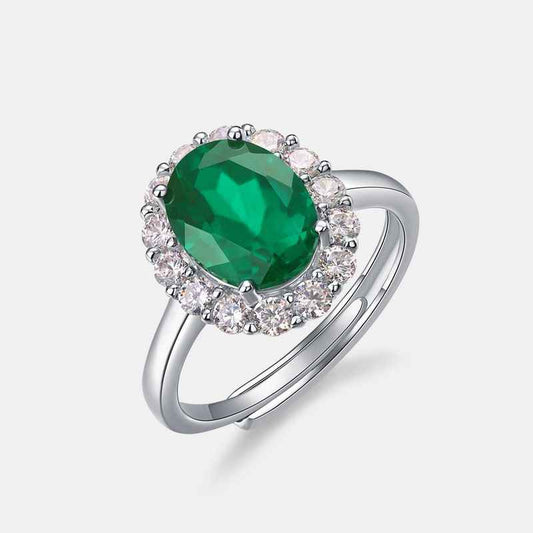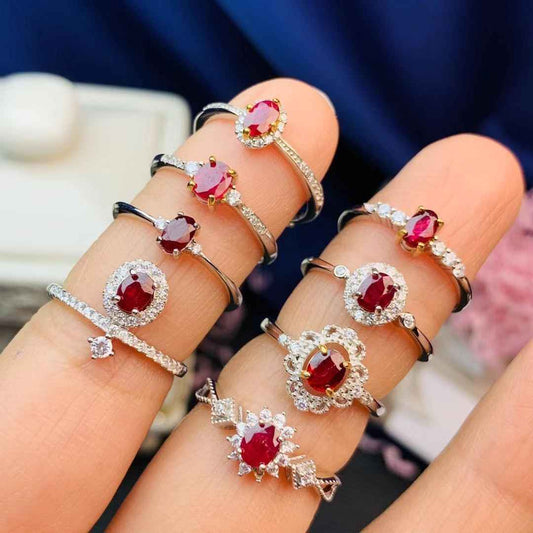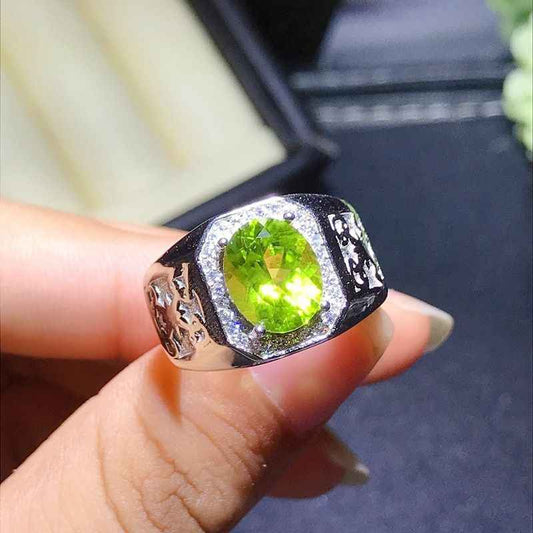What Are Birthstones?
Share
- Definition and Overview
- Symbolic Meanings of Birthstones
Definition and Overview
Birthstones are specific gemstones that are traditionally associated with each month of the year. The concept of birthstones has its origins in ancient history and is linked to the twelve gemstones mentioned in the Bible's Book of Exodus, which represented the twelve tribes of Israel. Over time, different cultures have developed their own lists of birthstones, and the modern list used today was established by the American National Retail Jewelers Association in 1912.
Each month of the year has a designated gemstone, which is believed to bring good luck, health, and protection to the wearer, especially if worn during their birth month. Here is the modern list of birthstones by month:
- January: Garnet
- February: Amethyst
- March: Aquamarine
- April: Diamond
- May: Emerald
- June: Pearl, Alexandrite
- July: Ruby
- August: Peridot, Spinel
- September: Sapphire
- October: Opal, Tourmaline
- November: Topaz, Citrine
- December: Turquoise, Tanzanite, Zircon
Symbolic Meanings of Birthstones
Each birthstone is believed to have unique properties and meanings that bring various benefits to the wearer. Here’s a detailed look at the symbolic meanings of each birthstone:
1. January - Garnet: Symbolizes protection, strength, and healing. Garnet is believed to bring peace, prosperity, and good health to its wearer.
2. February - Amethyst: Known for its calming energy, amethyst symbolizes peace, balance, and courage. It is also said to promote sobriety and enhance intuition.
3. March - Aquamarine: Represents serenity, courage, and clarity. Aquamarine is thought to protect sailors and ensure a safe voyage, as well as to soothe and calm the mind.
4. April - Diamond: Symbolizes eternal love, strength, and clarity. Diamonds are often associated with lasting relationships and are believed to bring balance and abundance.
5. May - Emerald: Represents rebirth, fertility, and love. Emeralds are said to promote growth, peace, and harmony, and to enhance intuition and insight.
6. June - Pearl, Alexandrite: Pearls symbolize purity, innocence, and wisdom, while Alexandrite represents luck, prosperity, and intellect. Both stones are believed to bring balance and enhance personal integrity.
7. July - Ruby: Known for its vibrant red color, ruby symbolizes passion, protection, and prosperity. It is believed to bring vitality and energy to its wearer.
8. August - Peridot, Spinel: Peridot represents strength, good fortune, and peace, while Spinel is known for its rejuvenating properties and protection against harm.
9. September - Sapphire: Symbolizes wisdom, loyalty, and nobility. Sapphires are believed to protect against negative energies and enhance mental clarity and focus.
10. October - Opal, Tourmaline: Opal is known for its multi-colored brilliance and symbolizes hope, purity, and truth. Tourmaline represents protection, grounding, and self-confidence.
11. November - Topaz, Citrine: Topaz symbolizes strength, healing, and affection, while Citrine represents joy, success, and prosperity. Both stones are believed to bring warmth and positive energy.
12. December - Turquoise, Tanzanite, Zircon: Turquoise symbolizes protection, good fortune, and spiritual grounding. Tanzanite is associated with transformation and self-awareness, while Zircon represents wisdom, honor, and wealth.
Birthstones have been cherished for centuries not only for their beauty but also for their believed powers to bring good fortune and protect their wearers. Whether given as gifts or worn for personal significance, birthstones continue to hold a special place in many cultures around the world.
References:
International Gem Society: This source delves into the historical connections between the 12 stones in Aaron's breastplate mentioned in the Bible, the 12 months of the year, and the 12 zodiac signs. It highlights how these traditions evolved over centuries and influenced modern birthstone lists. Read more here.





